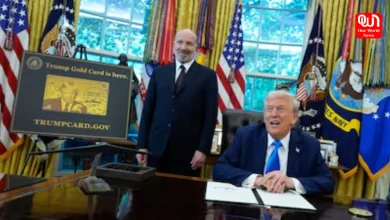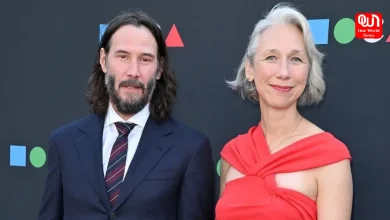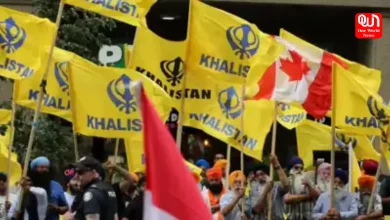How the Censor Board of India works?

How the Censor Board of India works and how are films certified?
Film censorship in India has been controversial at times. When movies like Udta Punjab, Padmavat were about to release, their marketing teams job became lighter after certification controversy. However, their PR team’s job became tougher. Both the films were caught in big controversy because of the certification by CBFC. There were times when film certification has been a topic of debate. Here is how the censor board of India works?
What is CBFC aka Censor Board?
CBFC stands for Central Board for Film Certification is also known as Censor board. It is a statutory censorship and classification body controlled by the Ministry of Information and Broadcasting under the Indian Government. It is headed by a chairperson which has 25 members and 60 advisory panel members from all over the country appointed by the Information and Broadcasting ministry. Board members are often from the film and television industry. Members of advisory panels are usually from outside the films and television industry who are involved in film censorship in India.
The Board members and Chairperson serve for three years while members of advisory panel serve for two years. The CEO is in charge of the administrative functioning of the board while the regional officers are part of examining committees which certify films.
Once a filmmaker applies for film censorship in India, an Examining Committee is appointed by the Regional Officer. For short films, the committee has a member from the advisory panel and an examining officer in which a woman is necessary. For a proper movie, four members from the advisory panel and an examining officer are designated in which two women are necessary.
How films are certified?
There are four types of certification for films. U – unrestricted public exhibition, A- for adults, U/A- parental guidance for children below the age of 12. The regional officer decides the certification based on the reports by Examining Committee members in majority or unanimity. If there is divided opinion, the case is decided by the chairperson for film censorship in India.
Scenes of murder, sexual content, abusive words, bullying, goons, guns, harassment, discrimination, female- objectification, suicide, culturally-offensive content, communal content are taken into account when a film is being certified.
What happens if the applicant isn’t satisfied with the decision of film censorship in India?
In most of the cases, the CBFC suggests some changes and shares the list of “Suggested changes”. If the applicant isn’t happy with either certification or the suggested changes, then he or she can apply to the revising committee. The revising committee consists the chairperson and up to nine committee members from both the advisory panel and the board. However, the revising committee can’t have the member from an advisory panel who has already seen the film. A similar process is followed at this stage, however, the final decision is taken by the chairperson.
The last point of appeal from the applicant for film censorship in India is the Appellate Tribunal. It is an independent body whose members are appointed by the I&B ministry for three years. Any further dispute could be taken into the court.
What are “suggested changes” for film censorship in India?
Under the Cinematograph Act, 1952, the CBFC can direct the applicant to make some modification or excisions in the film before sanctioning the film or refuse to sanction the film for public exhibition. The CBFC can suggest changes like beeping an abusive word, removing the sexual clip, communal clip or putting a disclaimer for smoking when someone is smoking in a scene and others.
Read more: Why India went down in the Global Competitiveness Index rank?
What is Section 5(b)?
Section 5(b) states that a film shall not be certified if it is against the interest of the integrity and sovereignty of India, friendly relations with foreign states, the security of the state, decency, public order, or involves defamation or contempt of court or involves defamation or is likely to incite the commission of any offence.
The reading of the guideline might vary from one CBFC member to the other. Certification is often decided on individual inclinations in the Examining Committee’s members. These members come from various walks of life.
Have a news story, an interesting write-up or simply a suggestion? Write to us at info@oneworldnews.com







